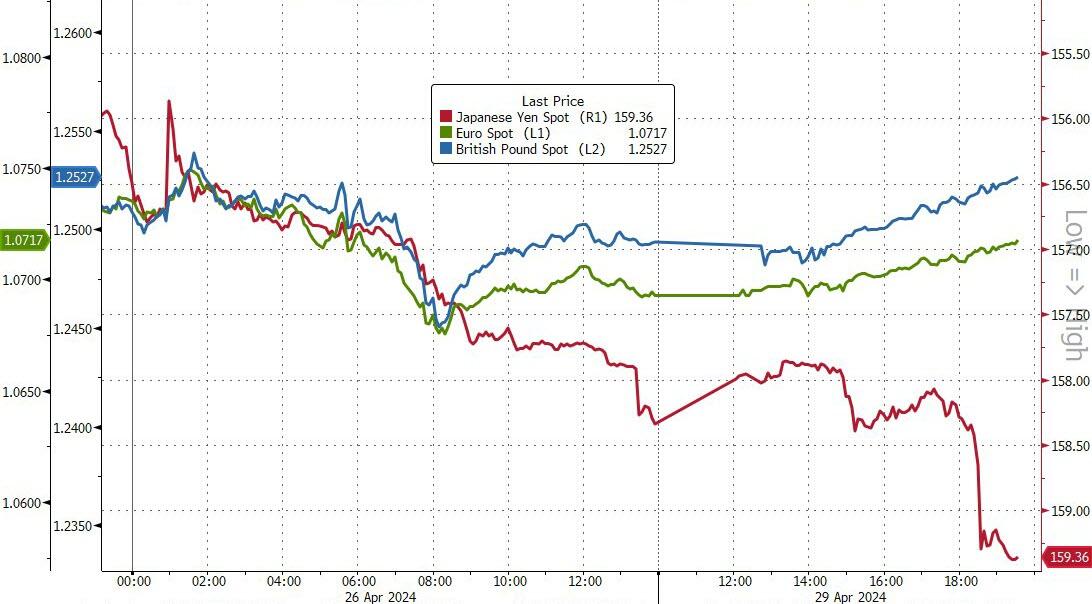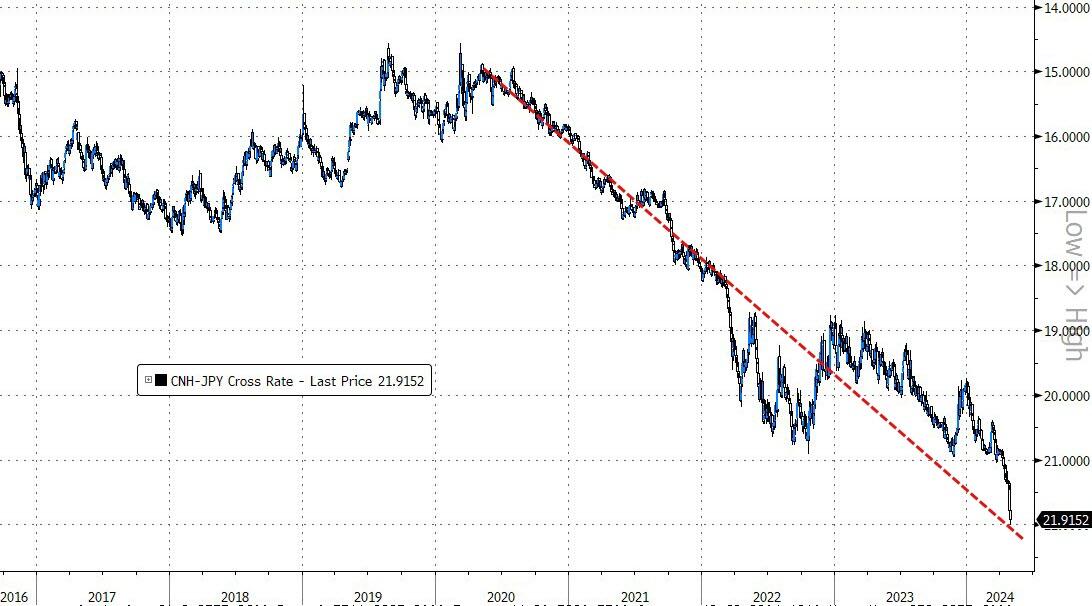For doom and gloom, it is hard to outdo Doug Casey with his well argumented long term vision. His point in a nutshell is that the current decline is systemic and cannot rolled back. I would tend to agree.
To understand how the dollar hegemony was built over time, you can read the book of Michael Hudson: Super Imperialism. An economic masterpiece on a complex subject. https://www.pdfdrive.com/super-imperialism-the-origin-and-fundamentals-of-us-world-dominance-e175324507.html
Guest Post by Jeff Thomas

Years ago, Doug Casey mentioned in a correspondence to me, “Empires fall from grace with alarming speed.”
Every now and then, you receive a comment that, although it may have been stated casually, has a lasting effect, as it offers uncommon insight. For me, this was one of those and it’s one that I’ve kept handy at my desk since that time, as a reminder.
I’m from a British family, one that left the UK just as the British Empire was about to begin its decline. They expatriated to the “New World” to seek promise for the future.
As I’ve spent most of my life centred in a British colony – the Cayman Islands – I’ve had the opportunity to observe many British contract professionals who left the UK seeking advancement, which they almost invariably find in Cayman. Curiously, though, most returned to the UK after a contract or two, in the belief that the UK would bounce back from its decline, and they wanted to be on board when Britain “came back.”
This, of course, never happened. The US replaced the UK as the world’s foremost empire, and although the UK has had its ups and downs over the ensuing decades, it hasn’t returned to its former glory.
And it never will.
If we observe the empires of the world that have existed over the millennia, we see a consistent history of collapse without renewal. Whether we’re looking at the Roman Empire, the Ottoman Empire, the Spanish Empire, or any other that’s existed at one time, history is remarkably consistent: The decline and fall of any empire never reverses itself; nor does the empire return, once it’s fallen.
But of what importance is this to us today?
Well, today, the US is the world’s undisputed leading empire and most Americans would agree that, whilst it’s going through a bad patch, it will bounce back and might even be better than ever.
Not so, I’m afraid. All empires follow the same cycle. They begin with a population that has a strong work ethic and is self-reliant. Those people organize to form a nation of great strength, based upon high productivity.
This leads to expansion, generally based upon world trade. At some point, this gives rise to leaders who seek, not to work in partnership with other nations, but to dominate them, and of course, this is when a great nation becomes an empire. The US began this stage under the flamboyant and aggressive Teddy Roosevelt.
The twentieth century was the American century and the US went from victory to victory, expanding its power.
But the decline began in the 1960s, when the US started to pursue unwinnable wars, began the destruction of its currency and began to expand its government into an all-powerful body.
Still, this process tends to be protracted and the overall decline often takes decades.
So, how does that square with the quote, “Empires fall from grace with alarming speed”?
Well, the preparation for the fall can often be seen for a generation or more, but the actual fall tends to occur quite rapidly.
What happens is very similar to what happens with a schoolyard bully.
The bully has a slow rise, based upon his strength and aggressive tendency. After a number of successful fights, he becomes first revered, then feared. He then takes on several toadies who lack his abilities but want some of the spoils, so they do his bidding, acting in a threatening manner to other schoolboys.
The bully then becomes hated. No one tells him so, but the other kids secretly dream of his defeat, hopefully in a shameful manner.
Then, at some point, some boy who has a measure of strength and the requisite determination has had enough and takes on the bully.
If he defeats him, a curious thing happens. The toadies suddenly realise that the jig is up and they head for the hills, knowing that their source of power is gone.
Also, once the defeated bully is down, all the anger, fear and hatred that his schoolmates felt for him come out, and they take great pleasure in his defeat.
And this, in a nutshell, is what happens with empires.
A nation that comes to the rescue in times of genuine need (such as the two World Wars) is revered. But once that nation morphs into a bully that uses any excuse to invade countries such as Afghanistan, Libya, Iraq and Syria, its allies may continue to bow to it but secretly fear it and wish that it could be taken down a peg.
When the empire then starts looking around for other nations to bully, such as Iran and Venezuela, its allies again say nothing but react with fear when they see the John Boltons and Mike Pompeos beating the war drums and making reckless comments.
At present, the US is focusing primarily on economic warfare, but if this fails to get the world to bend to its dominance, the US has repeatedly warned, regarding possible military aggression, that “no option is off the table.”
The US has reached the classic stage when it has become a reckless bully, and its support structure of allies has begun to de-couple as a result.
At the same time that allies begin to pull back and make other plans for their future, those citizens within the empire who tend to be the creators of prosperity also begin to seek greener pastures.
History has seen this happen countless times. The “brain drain” occurs, in which the best and most productive begin to look elsewhere for their future. Just as the most productive Europeans crossed the Pond to colonise the US when it was a new, promising country, their present-day counterparts have begun moving offshore.
The US is presently in a state of suspended animation. It still appears to be a major force, but its buttresses are quietly disappearing. At some point in the near future, it’s likely that the US government will overplay its hand and aggress against a foe that either is stronger or has alliances that, collectively, make it stronger.
The US will be entering into warfare at a time when it’s broke, and this will become apparent suddenly and dramatically. The final decline will occur with alarming speed.
When this happens, the majority of Americans will hope in vain for a reverse of events. They’ll be inclined to hope that, if they collectively say, “Whoops, we goofed,” the world will be forgiving, returning them to their former glory.
But historically, this never occurs. Empires fall with alarming speed, because the support systems that made them possible have decamped and have become reinvigorated elsewhere.
Rather than mourn the loss of empire that’s on the horizon, we’d be better served if we focus instead on those parts of the world that are likely to benefit from this inevitability.
Editor’s Note: Socialist ideas are becoming increasingly popular in the US. At the same time the US government is printing money hand over fist. All while the US empire continues to overstretch itself across the world.
It’s all shaping up to be a world-class disaster… one unlike anything we’ve seen before. That’s exactly why New York Times bestselling author Doug Casey and his team just released an urgent video showing how it all could go down. Click here to watch it now.











